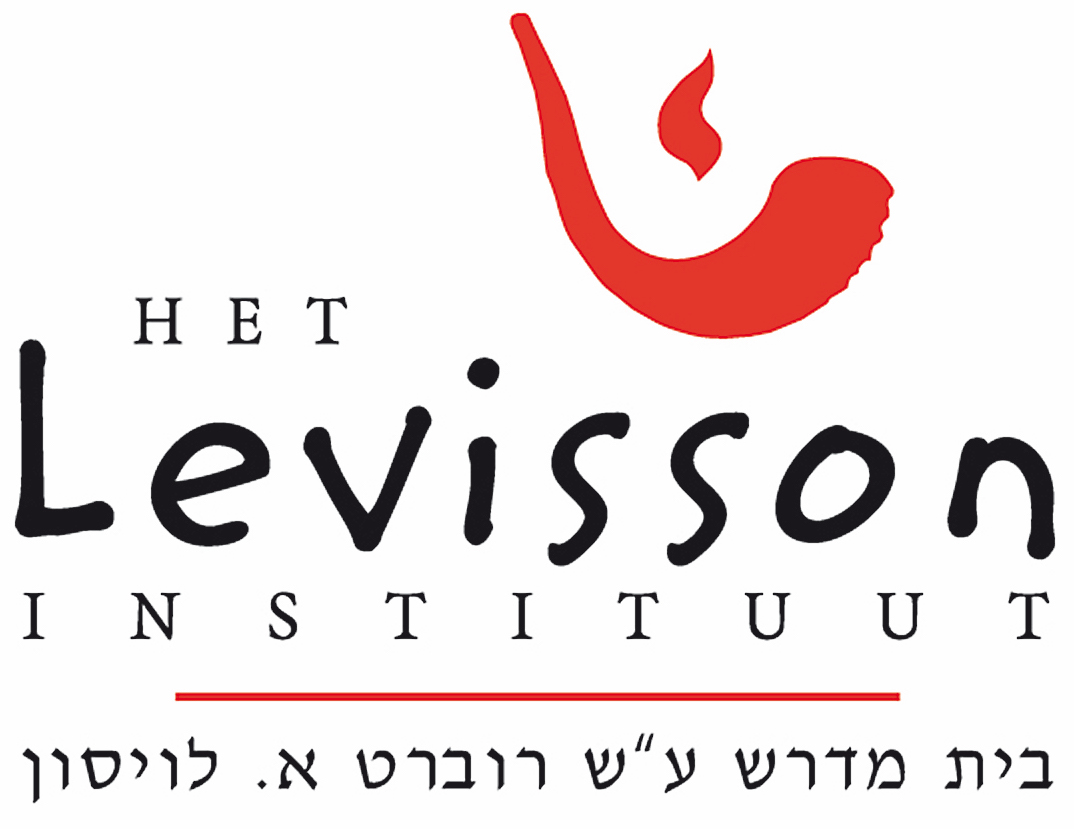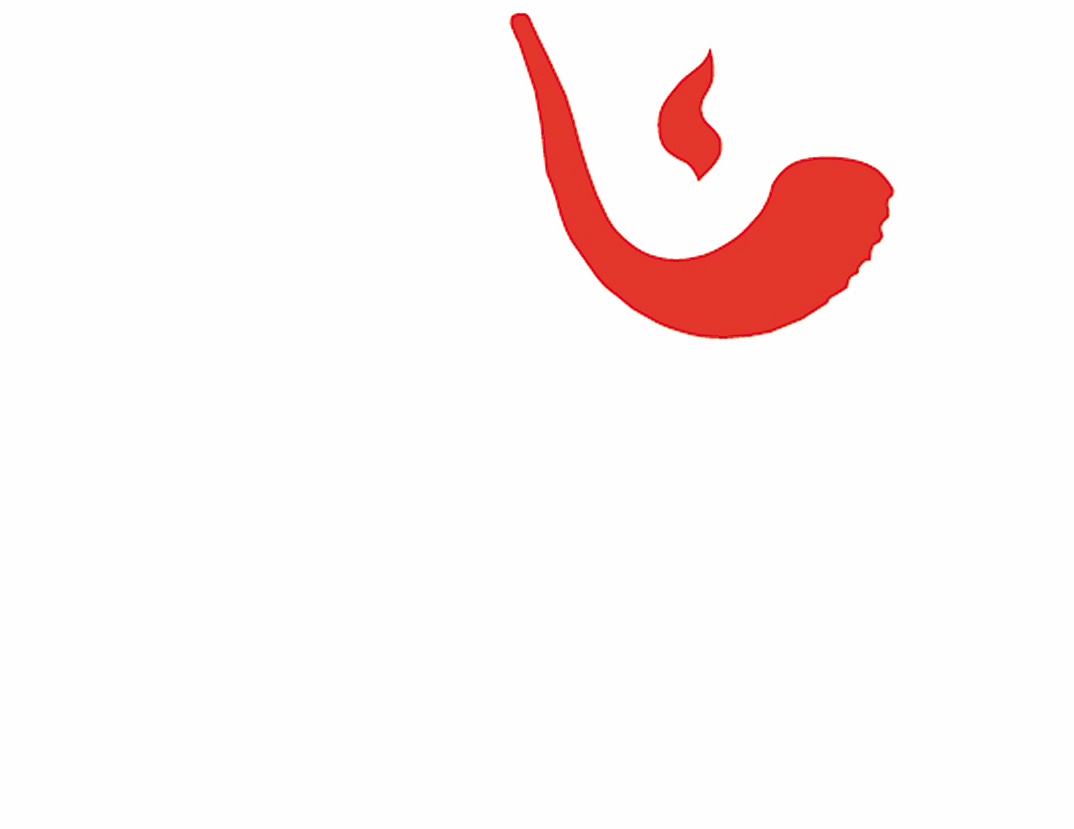Marc Saperstein
Rabbi prof. Marc Saperstein spoke at the opening of the Academic Year 2009-2010 of the Levisson Institute about “Spinoza’s Rabbi”, about his book “Exile in Amsterdam” and about the Amsterdam rabbi Saul Levi Morteira (1596-1660) and his famous derashot for the “New Jews”.
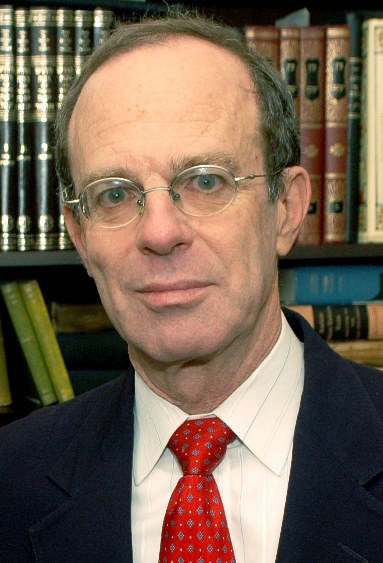
Rabbijn prof. Marc Saperstein was Principal of the Leo Baeck College in Londen (2006-2011), the training institute for rabbis. Now he is professor Jewish History and Homiletics at the same institute.
Before that, he held prestigious positions as professor Jewish History at the George Washington University in Washington D.C. (1997-2006), at the Washington University in St. Louis (1986-1997) and at Harvard Divinity School (1977-1986).
He published a many books, especially in Jewish homiletics (derashot).
Spinoza’s Rabbi
In the last years of the sixteenth century, following the successful revolt that freed the northern provinces of the Netherlands from Spanish Hapsburg rule, a new destination became possible for Portuguese “New Christians” seeking to escape the clutches of the Inquisition. By the year 1600, a small group of Portuguese New Christian emigrants were living openly as Jews in the burgeoning commercial and cultural center in Amsterdam: worshipping together, acquiring a cemetery, providing for properly slaughtered meat. The first two generations of the Portuguese community were composed almost entirely of immigrants with this common background.
Their ancestors had converted in Portugal during the universally forced conversion of 1497, more than 100 years before. They had not fully integrated into Portuguese Christian society but were considered by most of their Portuguese neighbors to be in a separate category because of their Jewish “blood.” Some of them had indeed run into serious problems with the Inquisition, accused of “Judaizing”: observing a Jewish practice or professing a Jewish belief, which was according to the law of the Church permitted for Jews, but heretical for Christians. Many had fine general educations from Portuguese universities; they were successful international merchants, or highly respected physicians. They had the psychological mobility to decide to pull up their stakes and leave behind the familiar environment of the Iberian peninsula for a totally different environment. They had made a decision to live as Jews, leading them to opt for a Jewish community, rather than Antwerp or Bordeaux, where emigrants from Portugal lived nominally as Christians without an Inquisition to investigate. But they knew very little about what this actually meant. There may have been some underground programs of rudimentary Jewish education that survived through the sixteenth century despite the Inquisitional surveillance. They knew that Jews accepted only the Old Testament, not the New Testament. But their knowledge of the rich post-Biblical Jewish tradition was extremely limited. Now, in Amsterdam, they were building a Jewish community virtually ex nihilo. How were they to learn what it meant to live as a Jew? Read here further.
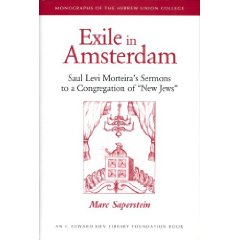
M. Saperstein, Exile in Amsterdam. Saul Levi Morteira’s Sermons to a Conregation of “New Jews”, Hebrew Union College, 2005.
The book is based on a rich, extensive, and previously untapped source from Amsterdam, one of the most important and fascinating Jewish communities in early-modern Europe. The leading rabbi of this community, Saul Levi Morteira (ca. 1596-1660), a master of Jewish homiletical art, was known to have published one book of fifty sermons in 1645. Some years ago, a collection of 550 manuscript sermons in Morteira’s writing turned up in the Rabbinical Seminary of Budapest. After years of painstaking study from microfilms and three trips to Budapest to consult the actual manuscripts, Marc Saperstein has written the first comprehensive analysis of the historical significance of these texts.
Eli Schleifer
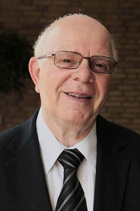
Eliyahu Schleifer is professor-emeritus Synagogical Music and former director of the School of Sacred Music at the Hebrew Union College in Jerusalem.
He started his musical training on his 5th as a choir boy in the choir of the synagogue of the Shirat Israel Institute. He studied violon and horn at the conservatory in Jerusalem and was teacher at the Rubin Academy of Music and University of Tel Aviv.
Between 2007-2009 he was the main teacher of the cantor training of the Levisson Institute.
During the national Oneg Shabbat in The Hague on 6 June 2009 prof. Eli Schleifer gave a lecture about The History of the Dutch Jewish Synagogue Music.
The History of the Dutch Jewish Synagogue Music – part 1 (mp3)
The History of the Dutch Jewish Synagogue Music – part 2 (mp3)
